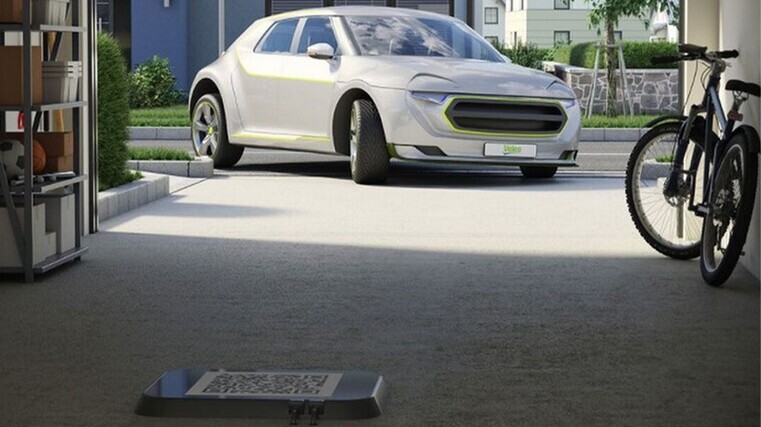Get charged with no wires
In the not-too-distant future, drivers of electric vehicles (EVs) could be pulling into specialised parking spaces to power up, waiting for a light on the dash to come on and then just hop out.
This is the promise of wireless EV charging, the inductive transfer of electrons that could eliminate the need for cords.
Multiple start-ups have spent years working for this technology to go mainstream and, as EV adoption picks up, momentum is building to make that a reality. Companies are coalescing around standardised technology and carmakers are carrying out research.
However, major hurdles remain, such as slow charging speeds, and the investment needed to build stations and get more marques on-board.
While charging without a cord sounds great, the technology faces the same paradox impacting the roll-out of public charging stations – stronger consumer demand could push car companies to take up wireless charging, but growth in EV demand is partially impacted by anxiety about public charging.
Wireless or inductive, EV charging works by using magnetic resonance and a charging pad to generate a power-transmitting field.
When a coil in a receiver under the car aligns with a coil on the charging pad, the receiver captures that energy and feeds it to the battery. This is similar to wireless phone charging, which also requires a receiver and aligned coils. But EV systems can work with up to 250mm of separation.
Most wireless chargers are on par with a level-two charger, the kind people use at home, and not DC fast chargers, reports Automotive News. EVs also need to be designed with wireless charging in mind.
For carmakers, enabling wireless charging is difficult to justify because it’s expensive and there aren’t yet enough charging stations to make it a compelling perk for buyers.
These hurdles mean that, for now at least, wireless EV charging mostly exists in the form of pilot projects.
Some marques in China and South Korea are testing the technology on new cars, but many wireless-charging trials are geared at commercials, which tend to have consistent routes and the luxury of powering up overnight in fixed locations.
In perhaps the most critical signal of wireless charging’s potential for cars, Tesla design chief Franz von Holzhausen in December confirmed the company is pursuing its own version of the technology and that’s spurring interest among other carmakers.
For the time being, most investment is still going to traditional EV chargers, although federal and state lawmakers in the US are pushing for grants to expand wireless charging.
The US now has more than 9,000 public fast-charging stations and around 53,000 level-two stations. More are expected to come online as states start to deploy US$5 billion in federal money.






